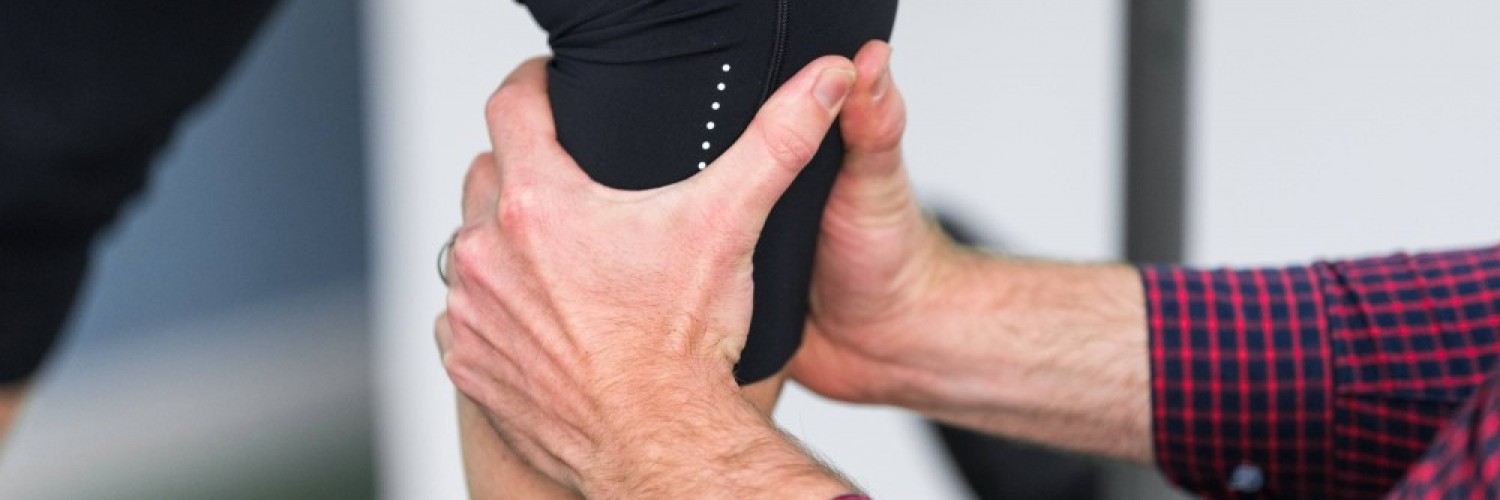“I was playing footy the other day and I noticed I’m getting sharp pain along the inside/outside of my knee. I think it started when I changed direction chasing the ball. I think I may have twisted my knee while turning. Sometimes while I’m walking I feel my knee give way and sometimes when I try to bend it, it locks in place! What’s going on with my knee?”
A common acute sporting knee injury is the traumatic meniscus tear. Typically, they occur with twisting motions when your knee is bent. Think landing from a jump or a quick change of direction so sports like footy, rugby, soccer and tennis are more likely to contribute to more meniscal tears as opposed to sports like swimming and cycling.
Generally, this type of injury appears in the younger population actively participating in sports, however it’s not exclusive to them. Day to day trauma can also result in a meniscal tear, such as getting your foot stuck in a ditch and twisting it while trying to stabilise yourself. There will be an incident where you can look back and say this is when my pain started.
If you do have this condition, you may experience:
- Pain when you try to fully bend or straighten your knee
- Clicking noises with knee movement
- A catching sensation that stops you from fully bending or straightening your knee
- A sense of “giving way” while walking
It is important to have your knee assessed by your medical practitioner as well as your physiotherapist. While physical examination can accurately rule in or out a meniscal injury, often times other knee pathologies may occur in conjunction with a traumatic meniscal tear. Depending on your circumstances and whether you’re planning to return to playing sports a consultation with a surgeon may also be warranted.
Physiotherapy will play an important role in the rehabilitation of your knee whether the best course of action is conservative management or if surgery is indicated. Treatment will consist of managing the acute swelling and pain, followed by strengthening the surrounding musculature most notably the quads and hamstrings. From here a careful staged approach of returning to sports will be decided upon taking into considerations the demands of the sport or the demands of your day-to-day activities. Timing of returning to sport will vary with each person depending on injury severity and demands of the sport, however for the milder injuries returning to sport may be possible from 4-6 weeks after the injury given adequate and appropriate rehab.
By Richard Le
APA Physiotherapist, Evado Studios Point Cook
